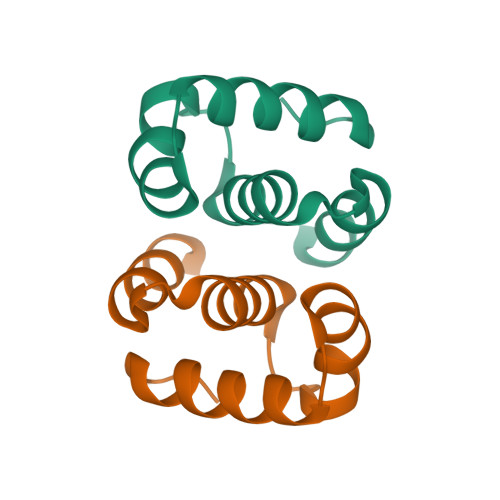Hallucinating symmetric protein assemblies.
Publication Type:
Journal ArticleSource:
Science, Volume 378, Issue 6615, p.56-61 (2022)Keywords:
Biocompatible Materials, Cryoelectron Microscopy, Hallucinations, Humans, Models, Molecular, Protein Conformation, Protein SubunitsAbstract:
<p>Deep learning generative approaches provide an opportunity to broadly explore protein structure space beyond the sequences and structures of natural proteins. Here, we use deep network hallucination to generate a wide range of symmetric protein homo-oligomers given only a specification of the number of protomers and the protomer length. Crystal structures of seven designs are very similar to the computational models (median root mean square deviation: 0.6 angstroms), as are three cryo-electron microscopy structures of giant 10-nanometer rings with up to 1550 residues and symmetry; all differ considerably from previously solved structures. Our results highlight the rich diversity of new protein structures that can be generated using deep learning and pave the way for the design of increasingly complex components for nanomachines and biomaterials.</p>

